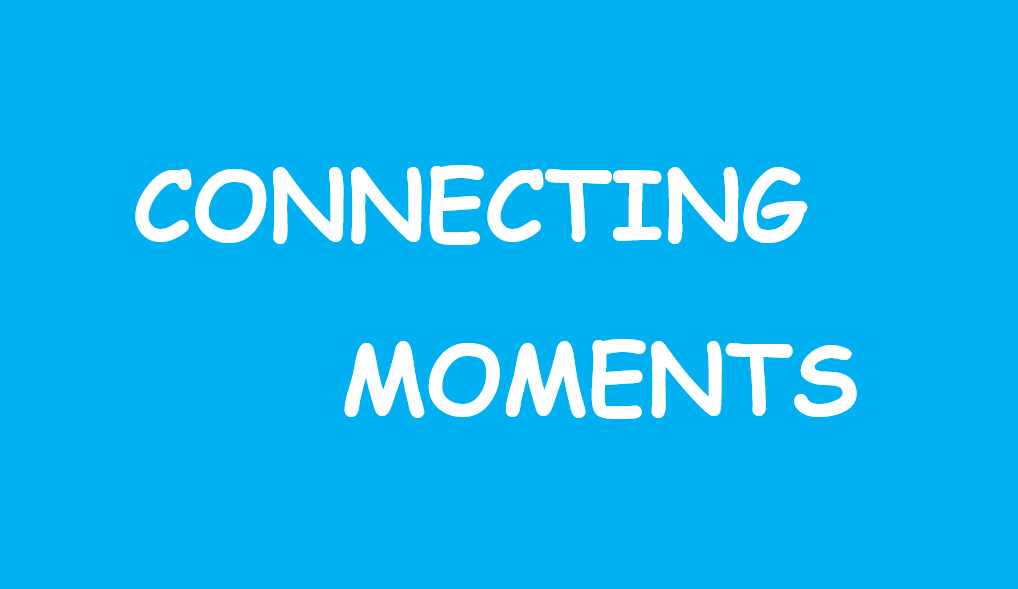
I’ve been a counselor since 1978 but I have never seen anything like what has been going on over the past few months. People are calling me in the midst of panic, worrying that they are going crazy.
Fortunately, most often, a brief examination of their situation reveals that they are quite sane. Their panic is the result of being overwhelmed by non-stop media-hyped crises.
Specifically, people are freaking out over the impact of Donald Trump’s tariffs and Elon Musk’s chainsaw cuts.
I’m wondering if my experience as a therapist is a symptom indicative of a larger cultural problem ?
Cultural and Technological Stressors
Apart from the scary content of the news, there are two underlying factors that, taken together, explain why the news causes so much distress. 1) the decline of social connections and 2) the growing impact of distressing news delivered non-stop via smartphones.
Urbanization, characterized by declining religious and social groups, has weakened traditional social structures. Likewise, internet technology has reduced person-to-person connections. When combined, these changes have left us feeling less supported and more anxious. Americans Are Socializing Less—Is It Making Us Unhappy? – Newsweek
As our social supports have diminished, the volume of distressing news has increased. Instead of getting our news from Chet Huntley on the Six O’clock News, smartphones and computers bombard us with information throughout the day and night.
The internet and social media overwhelm people with more information than they can process. While life has always been challenging, changes in society and technology have made coping dramatically more difficult.
To make matters worse, the rhetoric in political and social media discourse has become uncivil and abusive. Profanity-laden political comments and unfiltered social media posts have increased polarization, mistrust, and emotional agitation.
Given these changes, it’s no wonder that, when disturbed by unsettling headlines, folks who have fewer places to turn for support feel more stressed.
Taking everything together, it is not surprising that a lot of people feel more depressed and anxious and less able to cope with everyday stressors.
Increasing Social Connection
With all of this in mind, what can we do ? Since May is Mental Health Awareness Month, it’s important to understand that psychotherapy, in addition to treating psychological disorders, also helps people to cope with difficult life stressors.
Besides effective stress-management techniques, people also need a human connection to manage their emotional distress. Fortunately, there is a simple way to experience social connection. While we can’t change culture, it is possible to create brief moments of social connection that can provide a needed lift .. BEING PRESENT | Pastoral Counseling Syracuse, NY
For example, the next time you’re standing at the produce section at the grocery store, waiting in line at the bank, or checking out at Target, you have an opportunity to engage someone and have a connecting moment.
Finding these moments makes you feel good and is also a gift for the other person. Here are the simple steps you can use to help you feel more connected and help someone else, too.
Four Steps to Creating Brief but Meaningful Encounters
1) Making Eye Contact.
It’s ironic how we feel about eye contact. Although we tend to avoid it when we are in public and around strangers, we love it when someone else makes eye contact with us and smiles. Likewise, we don’t often realize that this simple gesture is a gift of kindness toward others and can lift their day.
So, the next time you are out and about and find yourself standing next to someone, try this: Look them in the eye.
2) Smiling.
Obviously, common sense is needed before engaging. Eye contact can be intimidating or even threatening, so you need to choose a friendly-looking person. Also, when you make eye contact, do it with a smile. A smile is not threatening and conveys a friendly feeling.
3) Saying Hi.
To complete the eye contact and smile gesture, say hi. A gentle and friendly greeting breaks the ice of silence and initiates a connection.
4) Stop, Look and Listen.
Understandably, there is a risk in taking the initiative to engage a stranger. Of course, there is always the possibility that the effort will not be appreciated. Even so, despite the risk, the potential gain outweighs the downside.
That said, after saying hi, it is important to pay attention to the person’s reaction. Do they sustain eye contact or look away ? Are they smiling back ? Do they return your greeting ?
If the answer is yes to these three questions, you have made an important brief encounter and had a genuine connecting moment.
Sometimes, important moments in our lives are big things, such as getting a new job, getting married, or having a baby. Most of the time, however, it’s the little things that add to our joy and sense of well-being.
Taking time to reach out just for a moment to connect with someone can provide a special experience and connection that means a lot to both of you.
Rev. Michael Heath, LMHC, Fellow A.A.P.C. 5 /07/2025



